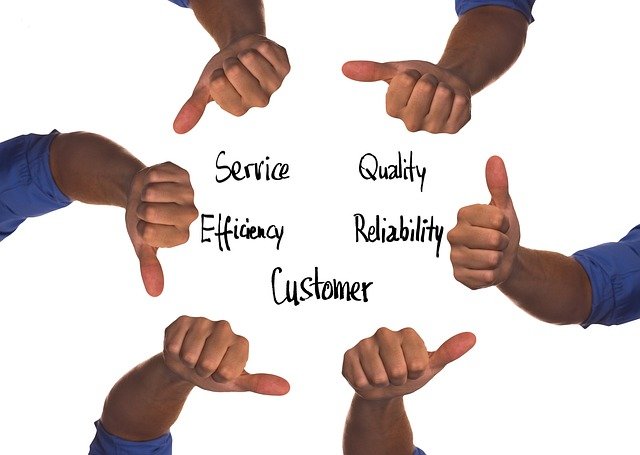From Traits to Action: Applying Assessment Results to Daily Habits
Assessment results can highlight natural tendencies in cognition, communication, motivation, and preferences. This piece explains how to translate trait-based feedback into concrete daily habits that support development, better team fit, and clearer career fit decisions without oversimplifying individual complexity.

Assessment feedback often lists traits, scores, and descriptors, but the practical value is in converting those observations into repeatable habits. Instead of treating a report as a fixed label, treat it as a diagnostic snapshot: note recurring tendencies, test small adjustments, and measure how those changes affect daily routines. This approach helps bridge the gap between insight and action, enabling steady improvement in communication, motivation, and work-life fit through simple, realistic steps.
traits and temperament: what the assessment shows
A good assessment distinguishes between stable traits and situational temperament. Traits describe enduring tendencies—such as preference for structure or novelty—while temperament reflects how those tendencies appear in specific contexts or under stress. Use the report to identify which tendencies are consistent across situations, then choose one or two to focus on. For instance, if your profile shows a preference for detailed planning, try allocating short planning blocks at the start of each day. That small change can reduce decision fatigue and produce measurable improvements in task completion.
How assessment boosts self-awareness and profiling
Assessment-led profiling is a tool for improving self-awareness rather than creating rigid categories. When you review results, look for descriptions of cognition and preferences that clarify how you make decisions and interact with others. Simple habits—such as a daily reflection prompt, structured feedback from a colleague, or a twice-daily check-in—convert passive knowledge into active awareness. As you compare your lived experience with the profile, you’ll learn where your perception aligns with the assessment and where adjustments may be needed.
Turning insights into behavior and motivation changes
To change behavior, translate trait insights into specific, time-bound actions. If your assessment suggests you respond well to external recognition, create a weekly ritual to acknowledge progress, like sharing a brief update with a peer or using a visible progress tracker. Use implementation intentions—exact plans specifying when and where you will act—to reduce reliance on willpower. Combine small wins with immediate feedback and rewards to sustain motivation, and iterate on tactics that align with your profiling results to keep changes realistic and sustainable.
Applying aptitude and cognition to daily routines
Aptitude and cognition findings indicate how you process information and where to allocate cognitive effort. If your profile highlights strong creative reasoning but lower tolerance for repetitive tasks, schedule brainstorming sessions earlier in the day and batch administrative work into shorter, focused time blocks. Use tools and environmental tweaks—visual planners, checklists, or timed work sessions—that match your cognitive strengths. Aligning routines with how you think reduces friction and improves overall productivity while respecting personal learning rhythms.
Improving communication and empathy habits
Communication and empathy metrics in an assessment can suggest targeted conversation habits. For someone high in directness but lower in perspective-taking, adopt a brief pause-and-echo routine: pause, summarize the other person’s point, then respond. Practice asking one clarifying question before offering solutions and use concise reflective statements to build rapport. These micro-habits—practiced in meetings, emails, and one-on-ones—help you balance clarity with empathy and improve collaboration over time.
Aligning preferences with career fit and team fit development
Assessment results can inform both career fit and team fit without prescribing a fixed path. Use preference data to evaluate roles or projects that match your strengths—analytic tasks, creative initiatives, or people-focused responsibilities—and communicate those preferences in development conversations. For team fit, identify complementary skills among colleagues and volunteer for tasks that leverage your aptitude while allowing you to learn from others. Small development actions, like job shadowing, cross-functional pairings, or weekly skill-sharing sessions, help expand capabilities and improve alignment between your profile and daily responsibilities.
Conclusion Transforming assessment results into daily habits involves deliberate steps: increase self-awareness, match routines to cognition and aptitude, and practice targeted communication and empathy behaviors. By testing small, measurable changes and tracking outcomes, you can align your environment and routines with your natural tendencies, improving motivation, collaboration, and role alignment. Consistent micro-habits rooted in assessment insight support gradual, sustainable development without oversimplifying the complexity of individual profiles.






